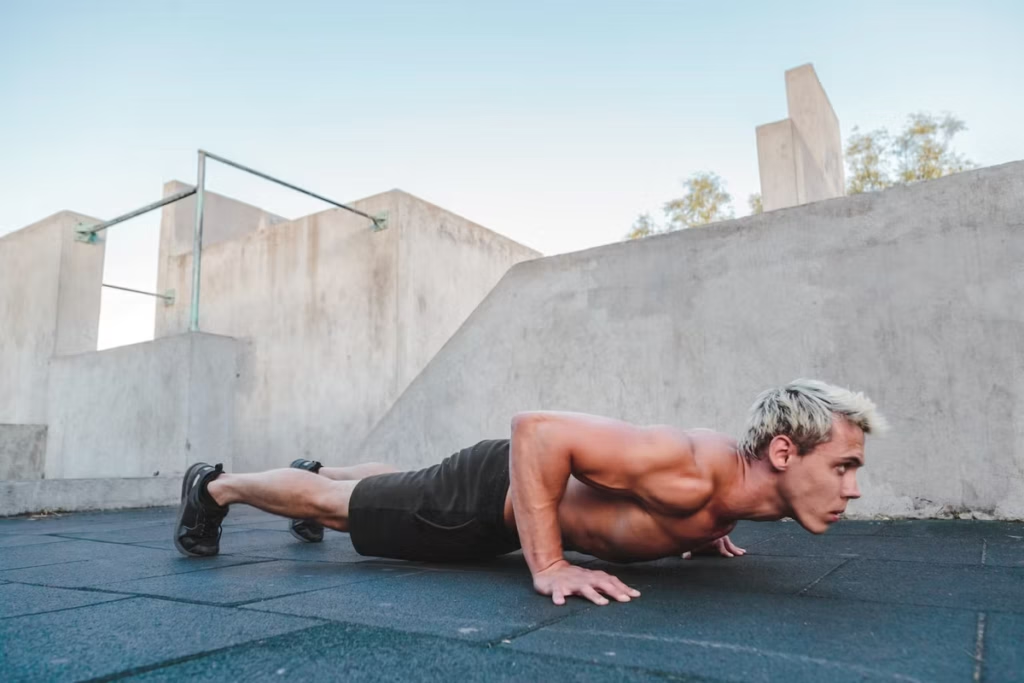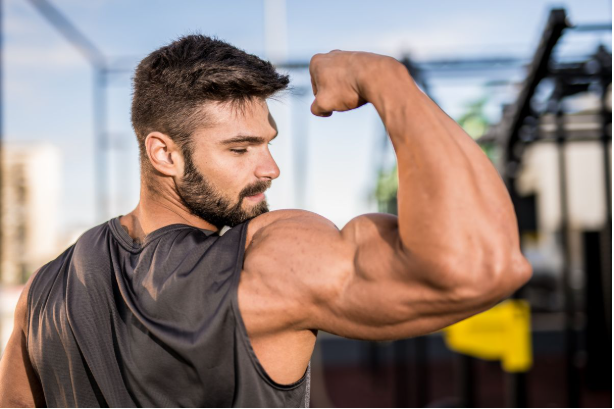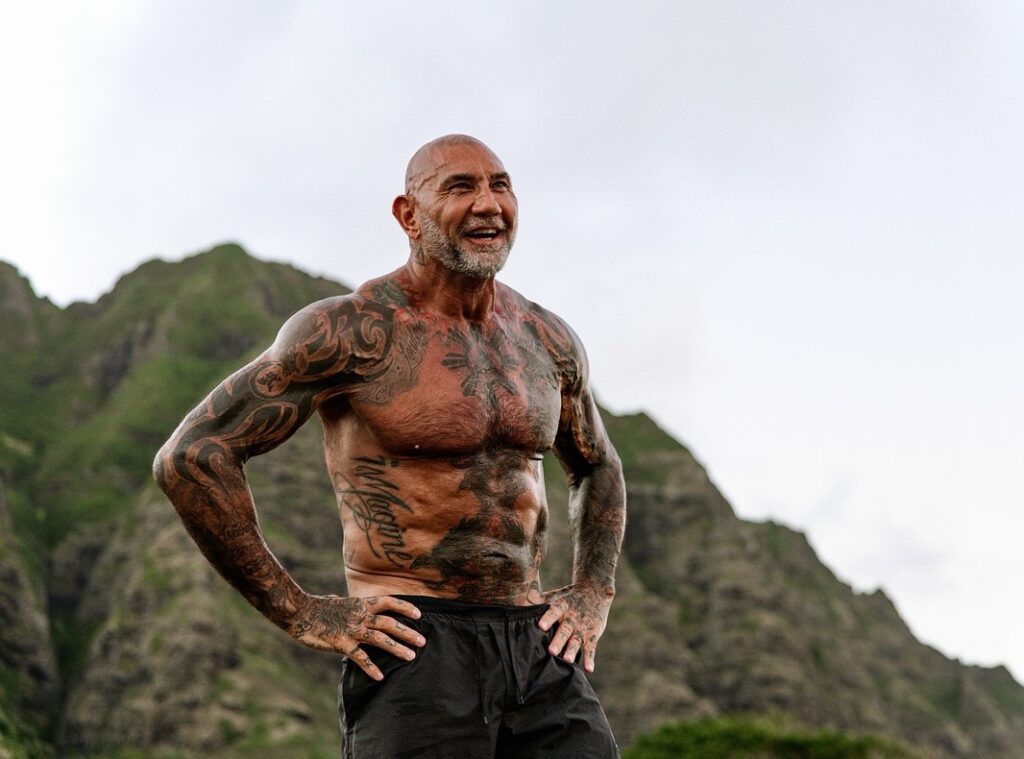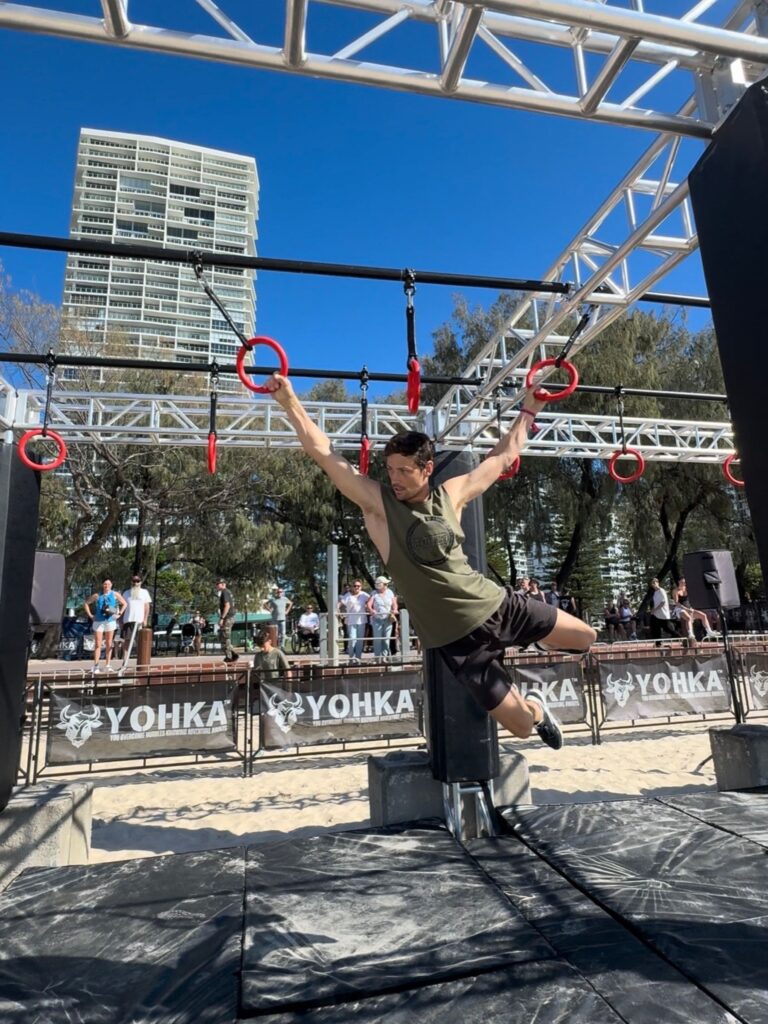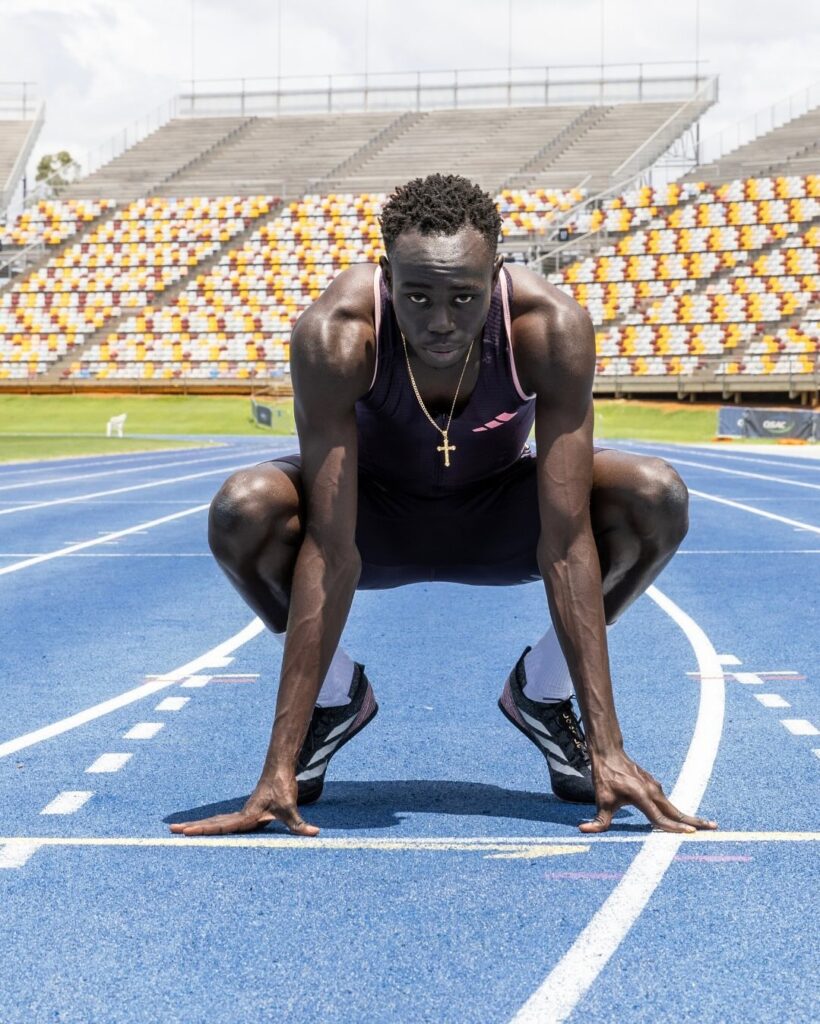For decades, exercise helped people push their body to its limits, but the only recovery tools were protein shakes, stretching, and ice. Today’s recovery industry comes in a host of packages.
CrossFit boxes and group–fitness studios are offering services on-site, and chains are now providing compression-recovery boots, foam-rolling workshops, and other treatments at select locations. The home-recovery market is also booming: Netflix-and-Pill your sore muscles in your own living room with magnesium, personal massage guns, vibrating foam rollers, or electrical-stimulation units.
The issue: The road to optimal muscle recovery isn’t linear, and it certainly isn’t easy to understand. The recovery industry is innovating faster than researchers can study it. That doesn’t stop boutiques from charging big money. Do you really need all this after a 20-minute run? Massage guns are great, but do they do anything a foam roller can’t? “The normal person, they’re not training hard enough to need all these recovery strategies,” says muscle researcher Dr Brad Schoenfeld.
But while you may not be pummelling your body like a pro athlete, you are doing plenty to damage it, says Kara Shull of New York City’s Movement2live. And unlike a pro, you aren’t getting the recovery that comes with regular movement. “The common person who is sitting at a desk all day almost needs it more,” Shull says.
You’re not being battered by two-a-days, but in an always-on world, you are constantly being peppered by stressors that hot-wire your sympathetic nervous system. That’s a problem, because your body can’t heal unless you’re in a parasympathetic state. (Grossly simplified, one state is alert, with your brain, heart, and internal organs optimised to fight or flee; the other is relaxed, with a slower heart rate and organs doing maintenance.)
But what will help you heal? Experts preach mastery of the basics first. They make few blanket statements about the next-gen recovery revolution, since what helps one body doesn’t work for another. So gauge things yourself, using what physical therapist Kelly Starrett, calls the Golden Recovery Rule: Performance is the judge. “Good recovery isn’t about how you feel now,” he says. “It’s about how you feel during your next workout.”
Not sure whether your muscle-optimization plan was effective? Track your performance in your next workout and let that be your litmus test. “You know a treatment is working for you if it allows you to perform higher amounts of work more often,” says Starrett.
Your Ultimate Guide to Recovery Treatments
Not every therapy will do it for you, but these strategies are a starting point for navigating an ever-changing (and sometimes overhyped) recovery landscape.
Turn Up The Electrostim Pulse
Go Hard at Cryotherapy if You Do It
Your average cryotherapy session has you spending up to three minutes in a booth cooled to around -160 degrees with nitrogen gas. Proponents claim it improves sleep and spikes metabolism, and several small studies support this. One deep-dive review of six studies involving 257 rheumatoid-arthritis patients also showed it reduces pain. The catch? Consistency: Studies observed benefits after seven or more straight days of cryo. One session a week won’t help. Can’t make it daily? Find at least some regularity, going two or three times weekly for three weeks.
Time Your Use of Compression Boots
Pneumatic-compression boots and sleeves like NormaTec’s zip onto your limbs, then use air pulses to push fluids. In theory, that improves blood flow, although a recent study of cyclists couldn’t link boot usage to improved performance. Still, pro athletes love them, and Paul Winsper, Under Armour’s VP of athlete performance, believes in them, too—as long as you don’t rush into them after your sweat sesh. Postworkout soreness, he says, is critical for gains. That’s when the body releases inflammatory cytokines, which repair tissue. “This is essential to stimulate the positive adaptation to training,” Winsper says. Wait at least an hour after your workout to slip on compression boots.
Be Gentle With Your Massage Gun
Who doesn’t love a pulsating massage gun digging into their achy quads and forearms, right? Sure, your foam roller can do the same thing for a fraction of the cost, but the massage-gun surge continues. If you’re going to use one, just don’t dig in too much. Pressing the gun into your skin can bruise lymphatic vessels, delaying—not accelerating—recovery. “Float it,” says Giordano. “If you’re pressing, you’re already going too hard.” Just 120 seconds of gentle gunning will relax tight muscles. Hyperice’s Hypervolt is your best option.








